Chemical Equilibrium
Introduction
Chemical equilibrium is a state in a chemical reaction where the concentrations of the reactants and products have no net change over time. This is a fundamental concept in the field of chemistry, particularly in physical chemistry and thermodynamics. Chemical equilibrium is achieved when the rate of the forward reaction equals the rate of the reverse reaction, resulting in a dynamic but stable state.
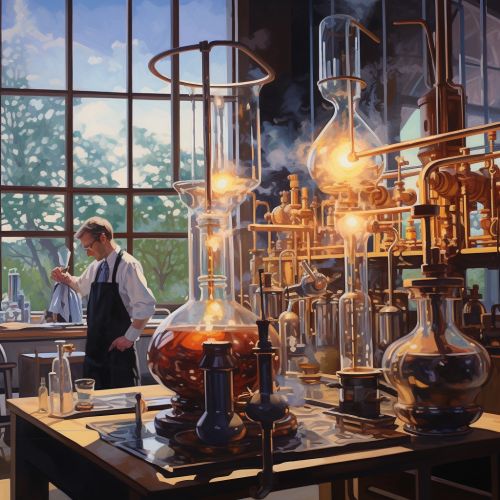

Principles of Chemical Equilibrium
The principles of chemical equilibrium are based on the laws of mass action, which state that the rate of a chemical reaction is proportional to the product of the molar concentrations of the reactants, each raised to the power of its stoichiometric coefficient in the balanced chemical equation. This relationship is expressed mathematically by the equilibrium constant expression.


Equilibrium Constant
The equilibrium constant (K) is a measure of the ratio of the concentrations of products to reactants at equilibrium. It is a dimensionless quantity that provides information about the position of the equilibrium. The equilibrium constant is defined for a particular reaction at a specific temperature. The value of K indicates whether the reactants or products are favored at equilibrium.


Le Chatelier's Principle
Le Chatelier's principle is a key concept in understanding how systems at chemical equilibrium respond to changes in conditions. According to this principle, if a system at equilibrium is subjected to a change in pressure, volume, temperature, or concentration, the system will adjust itself to counteract the effect of the change and restore equilibrium.
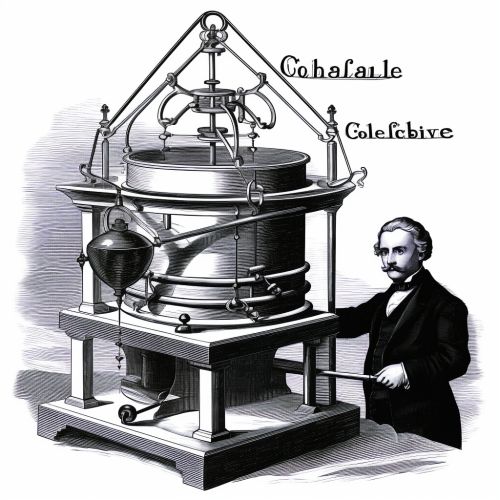
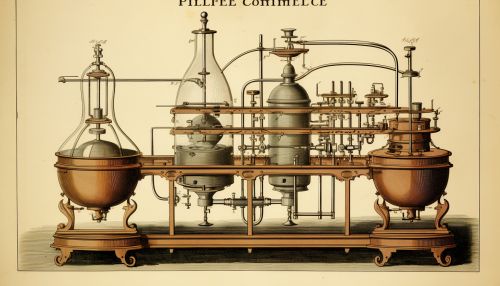
Factors Affecting Chemical Equilibrium
Several factors can affect the position of chemical equilibrium, including concentration, temperature, and pressure. Changes in these factors can shift the equilibrium to favor either the forward or reverse reaction, altering the concentrations of the reactants and products.
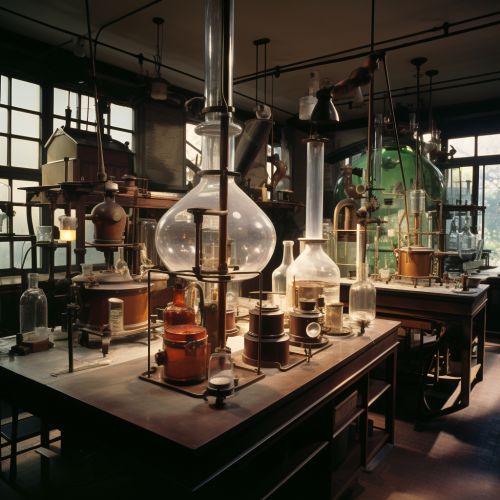
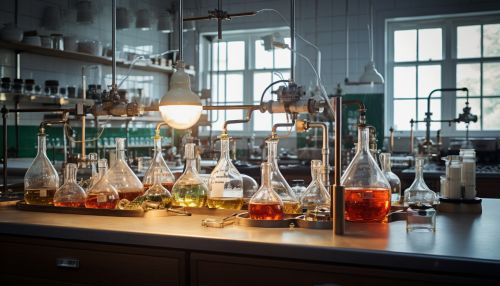
Applications of Chemical Equilibrium
Chemical equilibrium concepts are widely applied in various fields such as chemical engineering, environmental science, and medicine. Understanding chemical equilibrium is crucial in the design of chemical processes and the development of new materials and drugs.

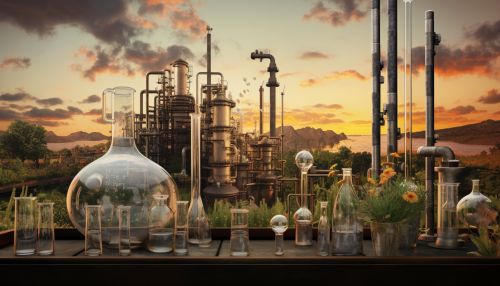
See Also
References
1. Atkins, P., & de Paula, J. (2010). Physical Chemistry (9th ed.). Oxford University Press. 2. Chang, R. (2010). Chemistry (10th ed.). McGraw-Hill. 3. Silberberg, M. S. (2009). Chemistry: The Molecular Nature of Matter and Change (5th ed.). McGraw-Hill.
